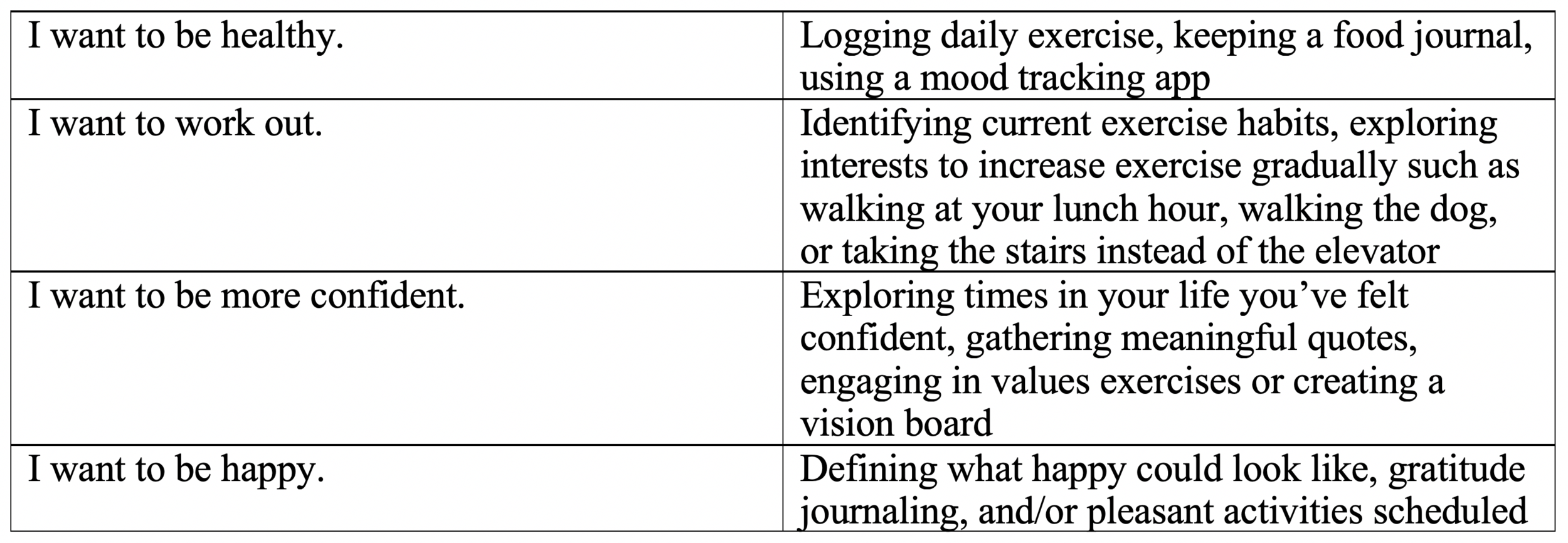“Self-Sabotage is when we say we want something and then we go about making sure it doesn’t happen.” Alyce P. Cornyn-Selby
You may find yourself after the fact, stating you don’t know why you did it. Why you ended the relationship when nothing was wrong. Why you walked out of the job after only a month. Why you picked a fight and got kicked off the team. These are just a few examples of when someone may have engaged in self-sabotage. And the question is, why?
Under the Iceberg
Identified as the founder of Psychology, Sigmund Freud once described the mind as an iceberg. The tip of the iceberg above water was our conscious or thoughts or feelings we are aware of, and accounts for roughly 20% of our mind. The other 80% under the surface represents unconscious, and represents things we are not yet aware of to better understand our behaviors.
Mark Tyrell, Self Help author of “Self-Sabotage Behaviour can come in many forms,” identifies four common reasons one may engage in self-sabotage.
#1 Anticipatory Grief
For some of us, the familiarity of failure is a painful, somewhat predictable experience. We may go through our world anticipating loss, or anticipating when something good, something we enjoy, is going to switch, fall, end, or fail. Perhaps you can relate to the following thoughts of anticipatory loss or end:
I’m waiting for the other shoe to drop.
This is too good to be true.
What’s the catch?
Nothing good lasts for me, when will this go south?
Because these thoughts have a lot of power, you may find yourself engaging in a belief that you don’t deserve good things. Or that you are doomed to suffer and that failing is inevitable. Similar to self-fulfilling prophecy, you may find yourself predicting the outcome, and in this case, it’s negative. With these thoughts in mind, you may find yourself also subscribing in the second reason one can engage in self-sabotage.
#2 Control Freak
If we truly believe something good is going to end badly, we may want to be in control of the outcome. Have you ever found yourself thinking:
I’ll just end this relationship now, it’s less painful in this moment than when it ends months or years from now.
Better to leave this job before I get fired.
I already know they are going to say our friendship is over, so I’ll just stop talking to them and get it over with.
We may convince ourselves that feeling in control of the failure in this moment can hurt less than something that comes on suddenly, out of the blue, or later when our guard is down.
#3 Boredom
The experience of our guard being down and everything feeling predictable can lead to discomfort as well. Predictability can lead to boredom, which can also be a reason to self-sabotage. If we go from feelings of chaos and excitement to monotony and boredom, Mark Tyrell states, as one example, we may find ourselves picking a fight with someone for no reason at all. Perhaps just for the alive feeling we get from adrenaline and excitement. Do you find yourself engaging in any of the following:
Picking a fight when you aren’t upset
Looking for trouble in new environments
Engaging in substance use
Relapsing when no trigger is present
#4 Feeling Unworthy
Relapsing when not triggered can also be due to feelings of low self-worth. Maybe you feel you don’t deserve success or happiness and instead, engage by punishing yourself and setting yourself up to fail. This can represent the cornerstone of self-sabotage in wanting something and doing everything in your power to not achieve it, basically going the other direction from success. When explored further, many truly believe they “aren’t worth it” and engage in behaviors that prevent progress due to those negative beliefs.
#5 I’m Unprepared
One final example of self-sabotage to consider is the feeling of being unprepared. Perhaps you don’t feel ready to end a support program and so you relapse to remain involved with probation or the treatment community. An observation of those in the legal system is that they don’t feel they have resources on the outside, so they find themselves committing a petty crime to be reintroduced into the environment that feels most familiar. You don’t yet feel prepared to do this on your own and so you create a reason to not be on your own.
So where do you go from here? For many, just the awareness of why one engages in self-sabotaging behaviors can be a powerful process in exploring needs and change to more positive behaviors. Being aware that you are not alone in the reasons for self-sabotage and talking about the challenges can be a healing journey towards self-love, acceptance, and success.
For additional ideas of how to manage self-sabotage, you can check out Mark Tyrell’s “Self-Sabotage Behaviour can come in many forms,” at http://www.uncommonhelp.me/articles/stop-self-sabotage-behaviour/
“In order to succeed, we must first believe that we can.” Nikos Kazantzakis


















